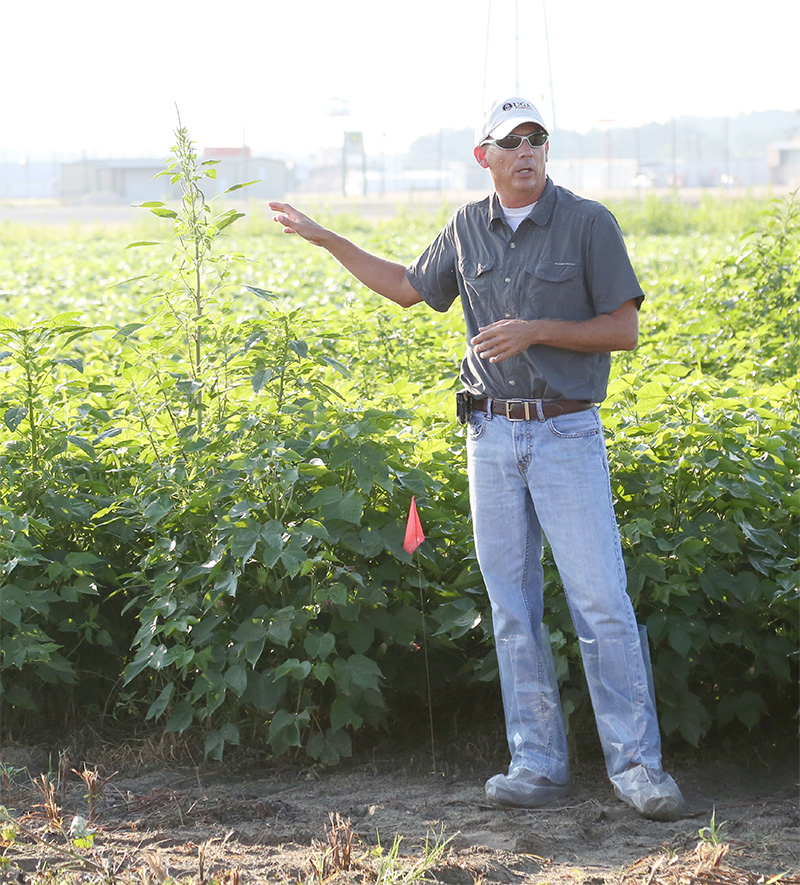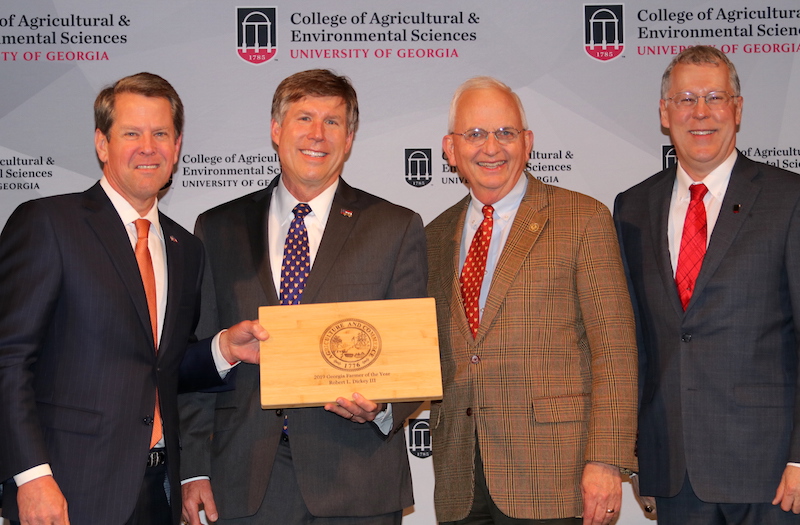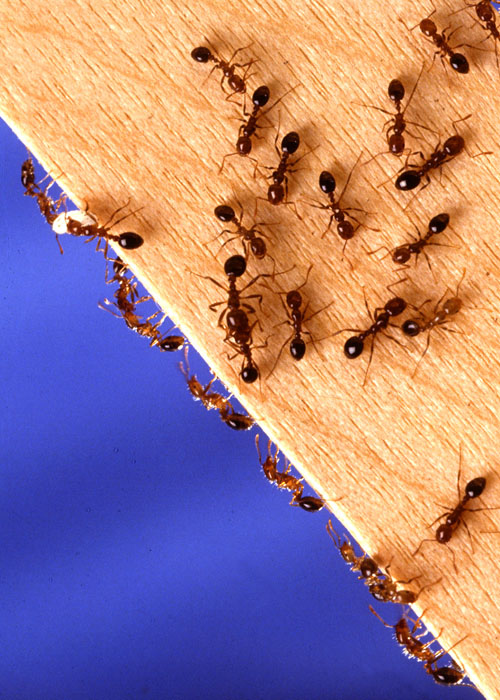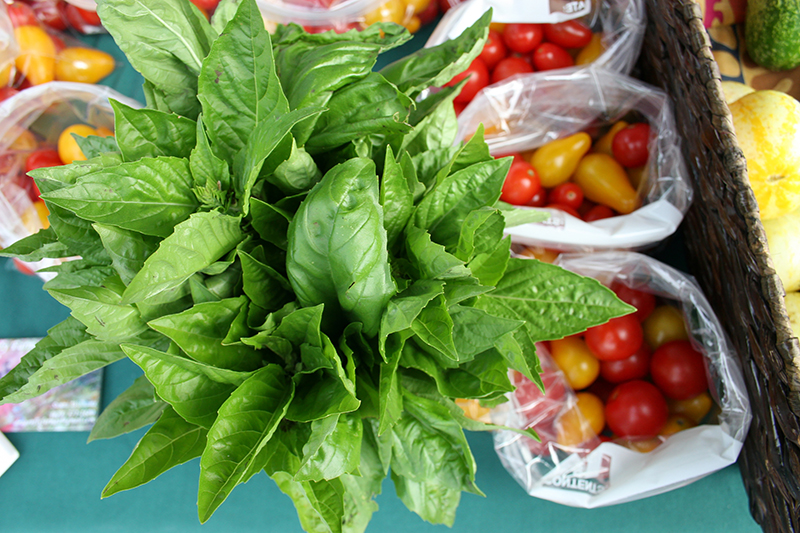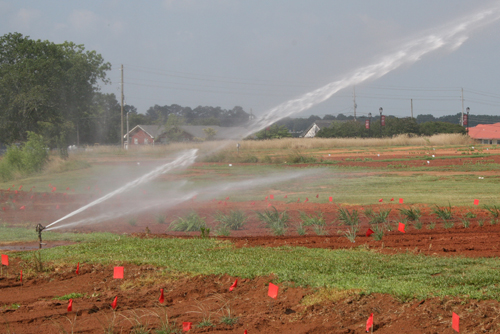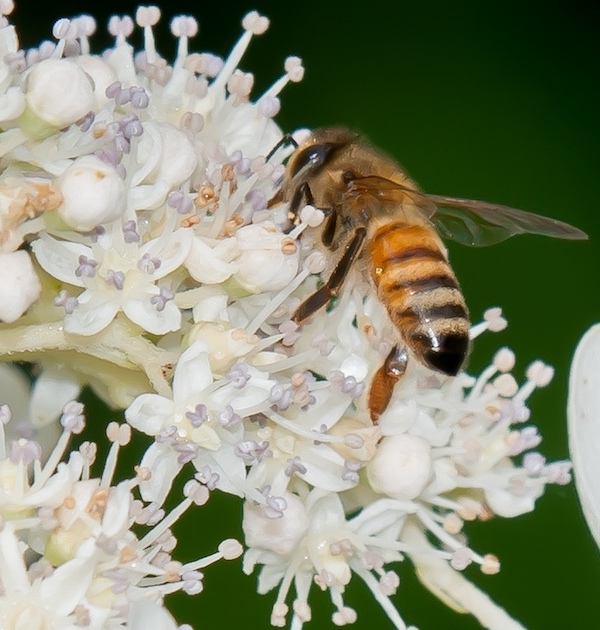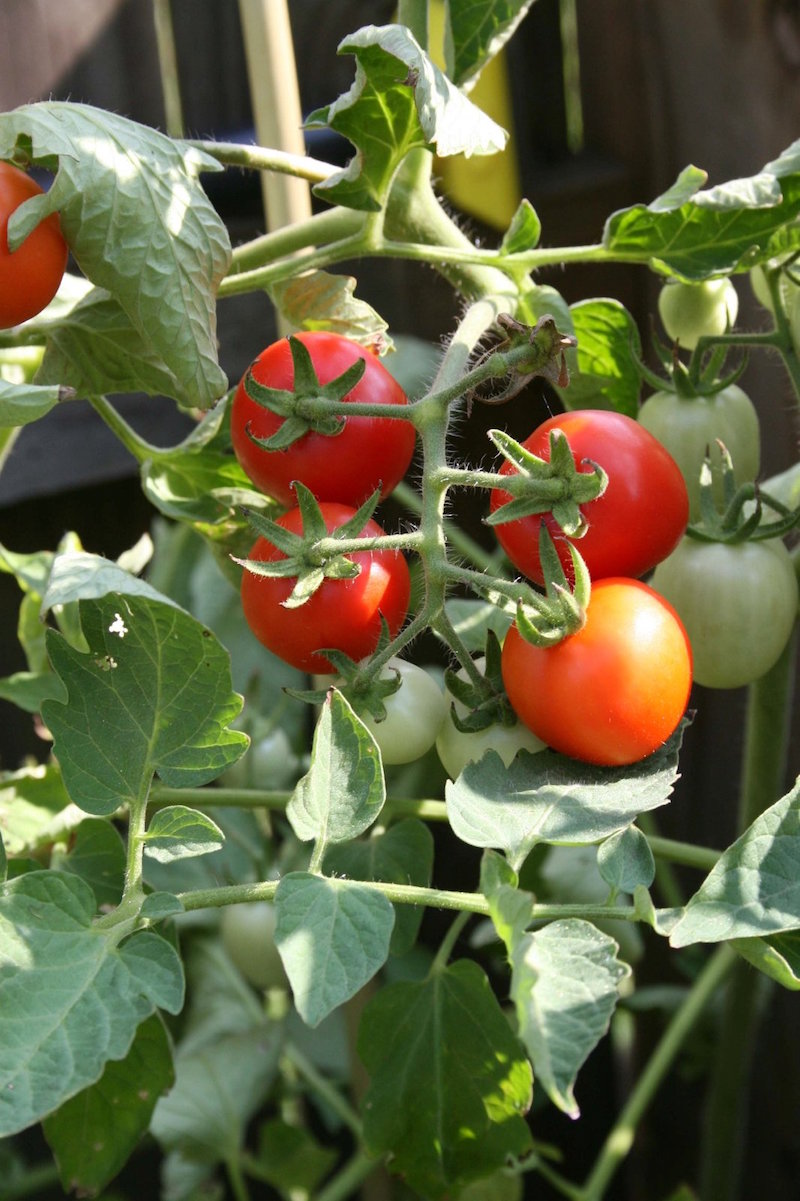 CAES News
CAES News
Tomato Types
The desire for fresh, homegrown tomatoes is the main reason many homeowners plant gardens. Most tomato plants are planted in late March and April, and every spring some homeowners run into problems with their tomato plants.


